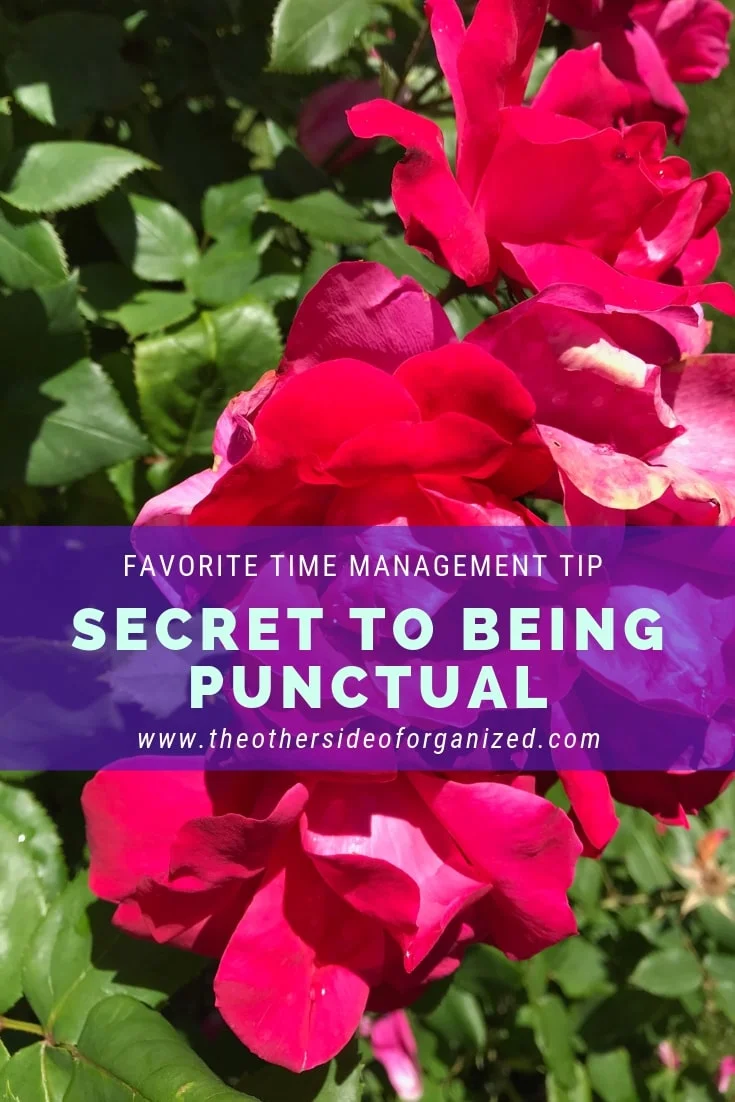Motivation is an interesting phenomenon. Consider the idea that we have an internal motivation meter that influences our behavior. When your motivation is high on this scale, you’re able to activate and accomplish without much struggle. You might even feel in a state of flow as you get things done like organizing a room or starting a new venture. On the opposite side of the motivation spectrum, when your motivation is low or non-existent, you feel sluggish and like you’re pushing a wet noodle. You might feel stuck, overwhelmed, and exhausted, making it almost impossible to activate. Those are just two ends of the spectrum. There are many points in between that are less extreme.
Let’s assume that even the most motivated among us encounter times when we’ve lost our drive. I’ve been there. This can happen for many reasons, such as being in a transition, grieving, experiencing a health challenge, lacking confidence, or being sleep deprived. At these moments, becoming motivated isn’t hopeless; it just means we might need some help.
While there are numerous ideas for activating when your motivation is low, today, I’m focusing on three concepts that are great to use when you’re having motivation challenges around getting organized. Naturally, these can be applied to other situations too.
1. Porch of Indecision
On a recent trip to Orlando, I came across this humorous “Porch of Indecision” sign. Is this porch familiar? You might feel stuck because you have a choice to make and aren’t sure what to do next. Perhaps you don't know which questions to ask. Maybe you’re going in circles because you have too many options. And guess what? Any of these can create havoc with your motivation. When indecision takes over, motivation can evaporate.

If you find yourself on the porch of indecision, there are a few things you can do. First, take a deep breath. Now take a few more. This will calm your nervous system, reduce stress, and help you think more clearly. Next, refine your choices to two or three. If you’re still having trouble moving forward, enlist help from a family, friend, or professional organizer to discuss your options out loud. Having someone listen and support your decision-making can give you enough clarity and motivation to activate.
2. “What is this?” Box
During a clutter workshop that I led, one of the participants shared this idea. She explained that in their home they have a designated “What is this?” box. Each time someone finds an unidentified small piece or part of something, they put that item in the box. The components remain there until someone retrieves a “missing piece” or enough time has passed that they’re willing to let go of the part.
What I love about this concept is that instead of spending too much mental energy on these unidentified parts, they have a landing spot, a boundary, and an expiration date.
When our motivation is low, our mental energy is also compromised. What if you created a “box” or landing spot for those organizing projects and goals that you have? Add tiny to-dos and organizing ideas to your "list" as you think of them. Writing them down and keeping them in a specific place will clear your mind and increase your energy. Retrieve one small item at a time. Decide if you’re ready to act on or let go of that project. Breaking things down into small tasks will reduce overwhelm, increase focus, and motivation.
“When our motivation is low, our mental energy is also compromised.”
3. CFI (Can’t Find It)
Have you heard of CFI, which stands for Can’t Find It? A familiar scenario is that you are about to do the next thing, and you can’t find your keys, glasses, cell phone, or _______. Instead of doing the next thing, you are engaged in a major hunt for the item you can’t find. You are aggravated. You look in all the familiar and unfamiliar places. You get other people to help you search. Time passes, and eventually, you find what you were looking for. But it leaves you feeling frustrated, stressed, and annoyed with yourself. It’s easy to go down that rabbit hole of negative self-talk. It can affect your motivation and desire to change.
Instead, let the CFI experience be an opportunity to boost your motivation. Make a mindful note about the thing or things that often get lost. Develop a plan to organize a new pattern or alter a habit, so fewer things get misplaced. It’s useful to give belongings a designated home. For example, place your car keys in the same bowl, hook, or handbag compartment every time you put them down. Before you know it, your CFI will become CAFI (Can Always Find It).
Do you have a favorite motivation technique? I’d love to hear your thoughts. Join the conversation!









